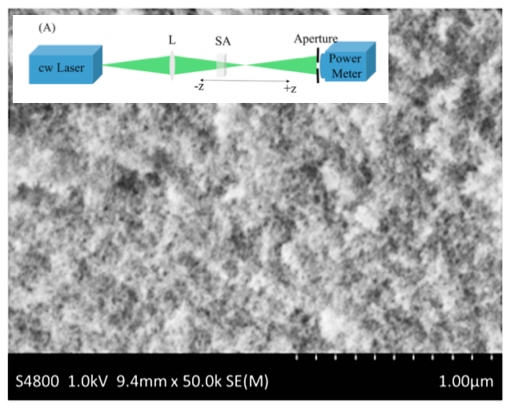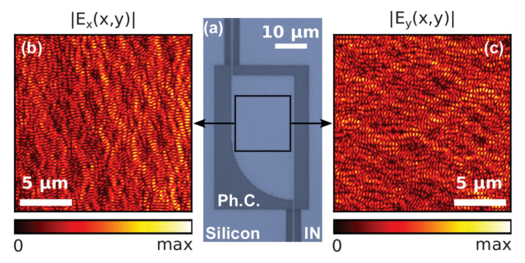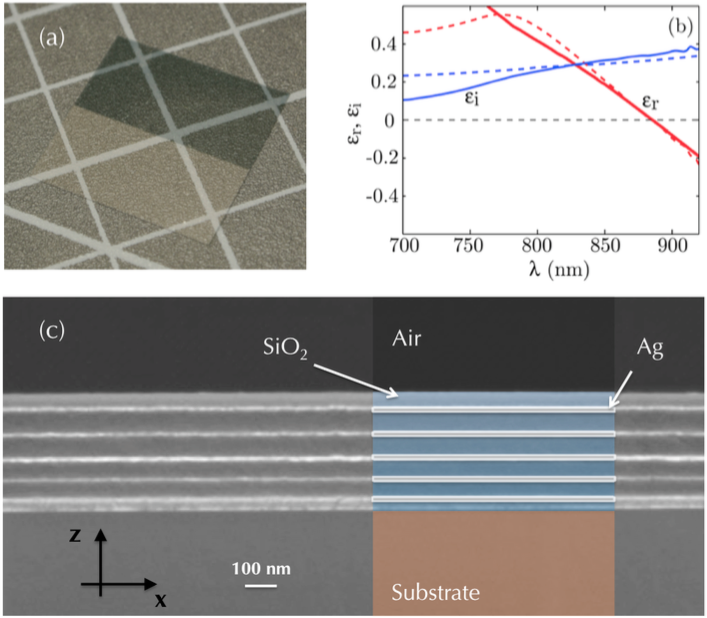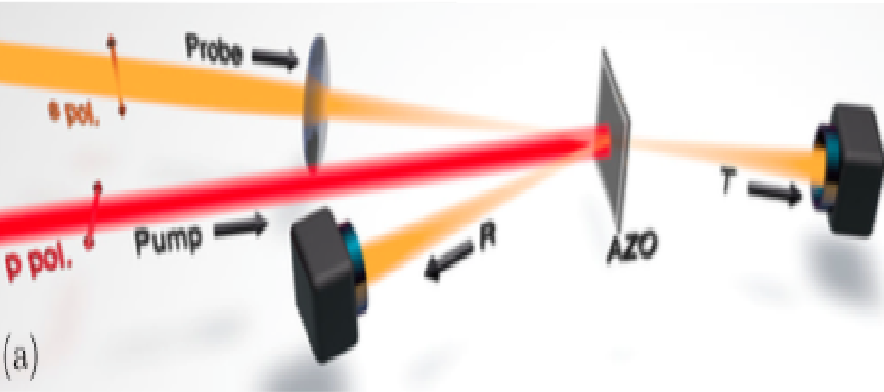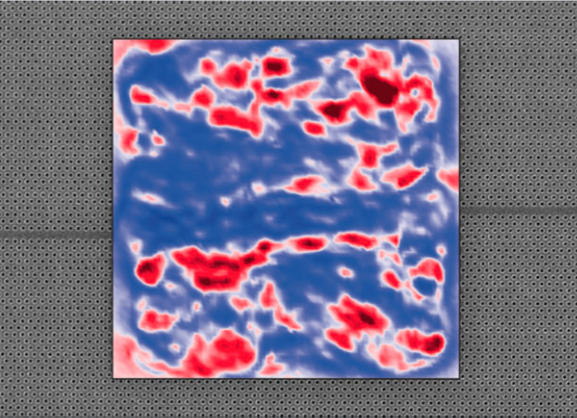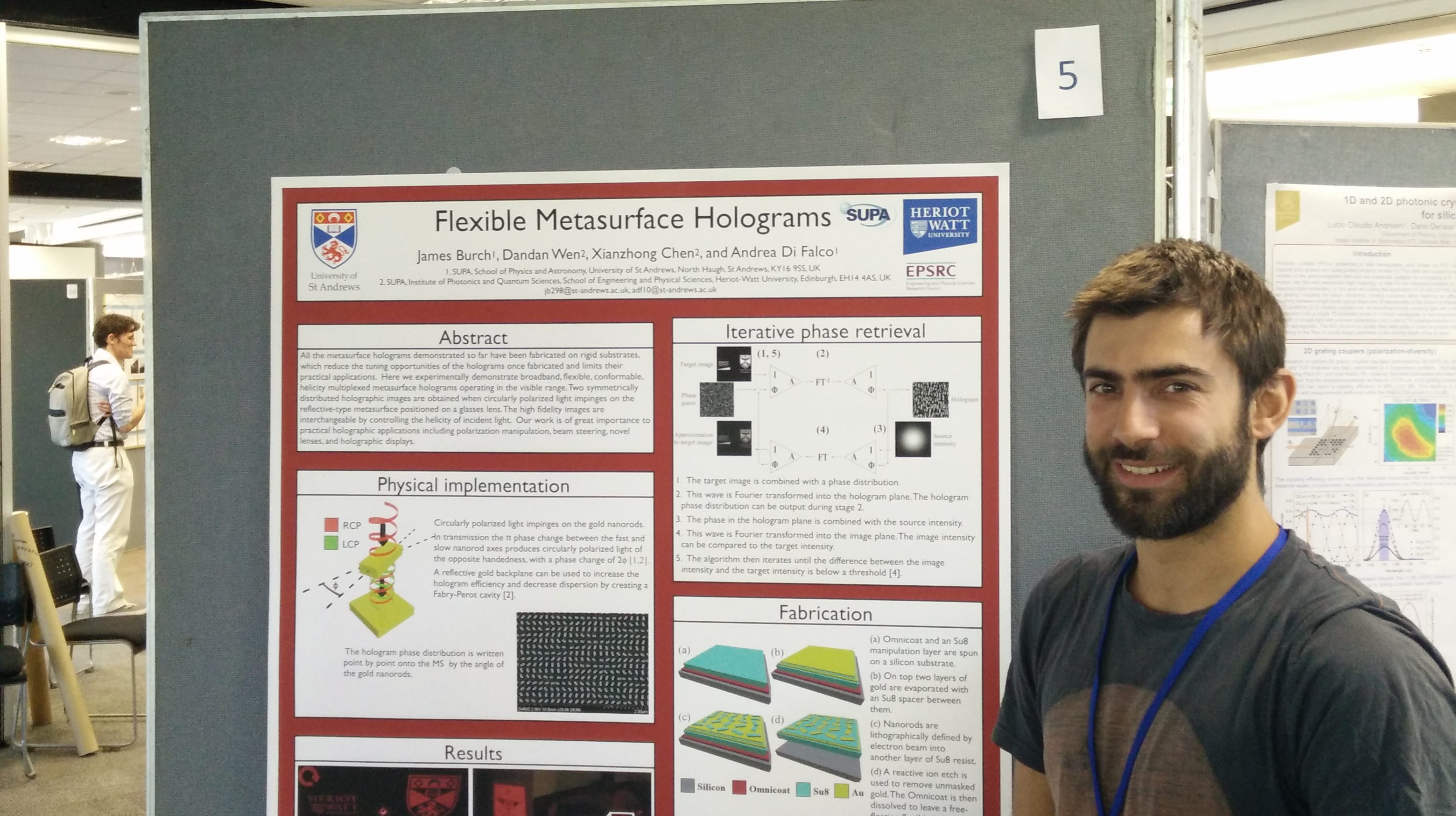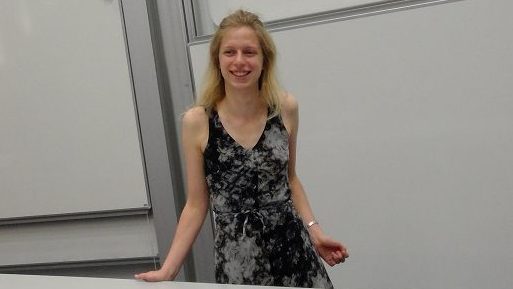Synthetic Optics Away Day
The Synthetic Optic Group recently went on their annual “Away Day” to the Grandtully area in Fife. Everyone involved gave some fascinating talks on the future direction of their research, cooked mostly good food, and then got thoroughly soaked white water rafting. (Apart from myself haha!) SYNTHRAFT!

